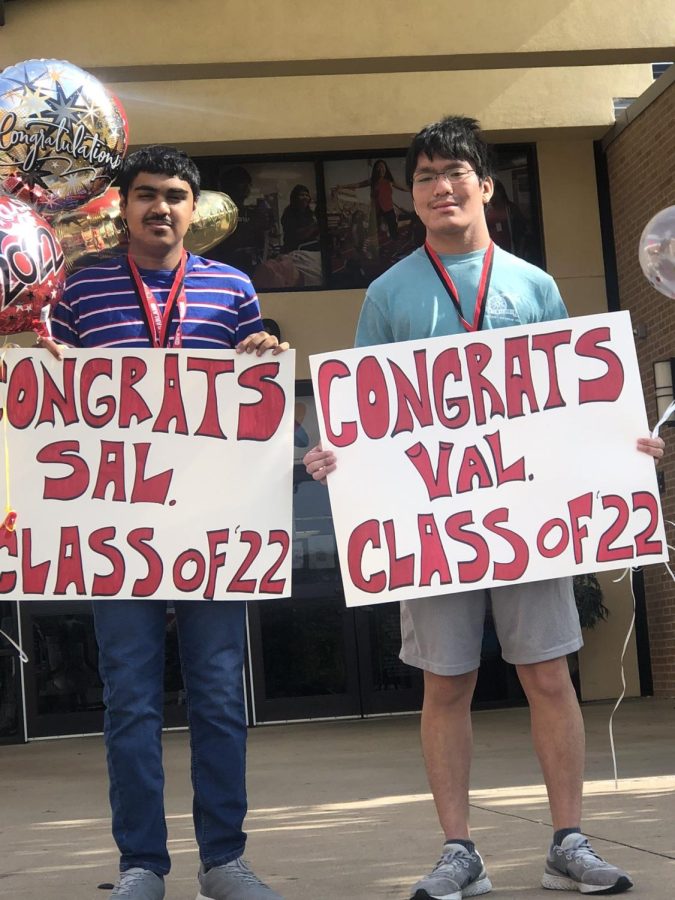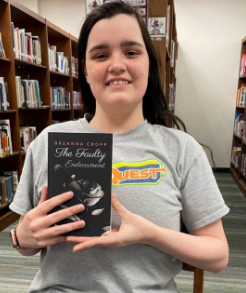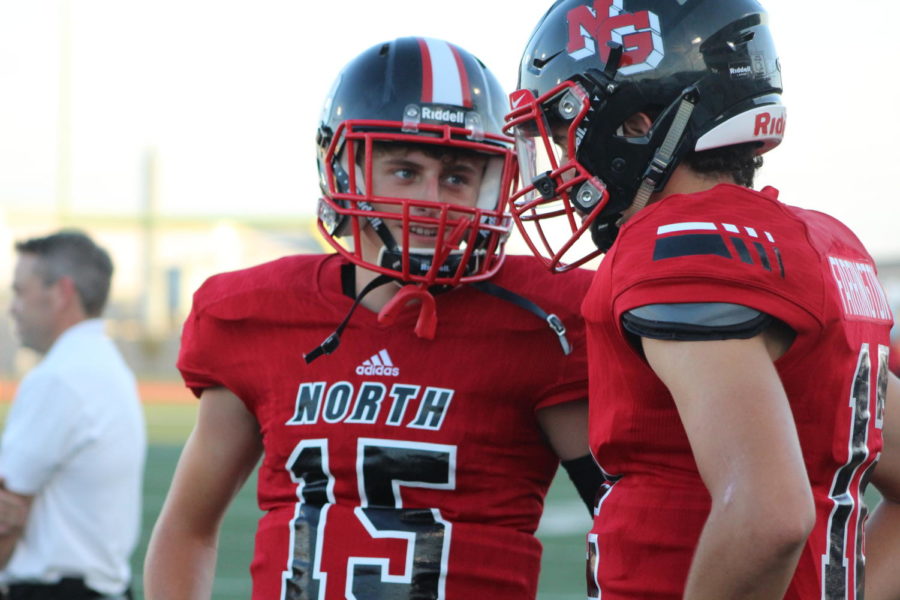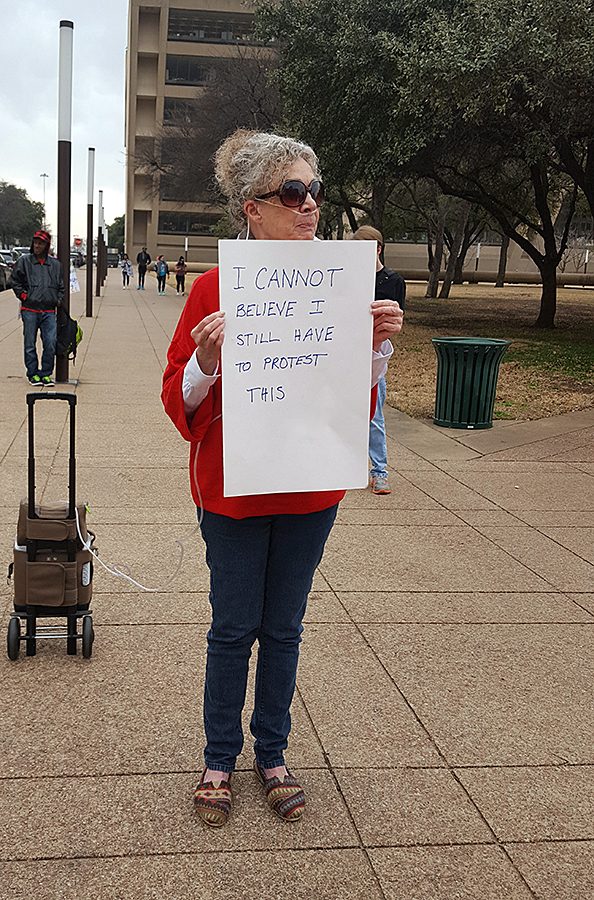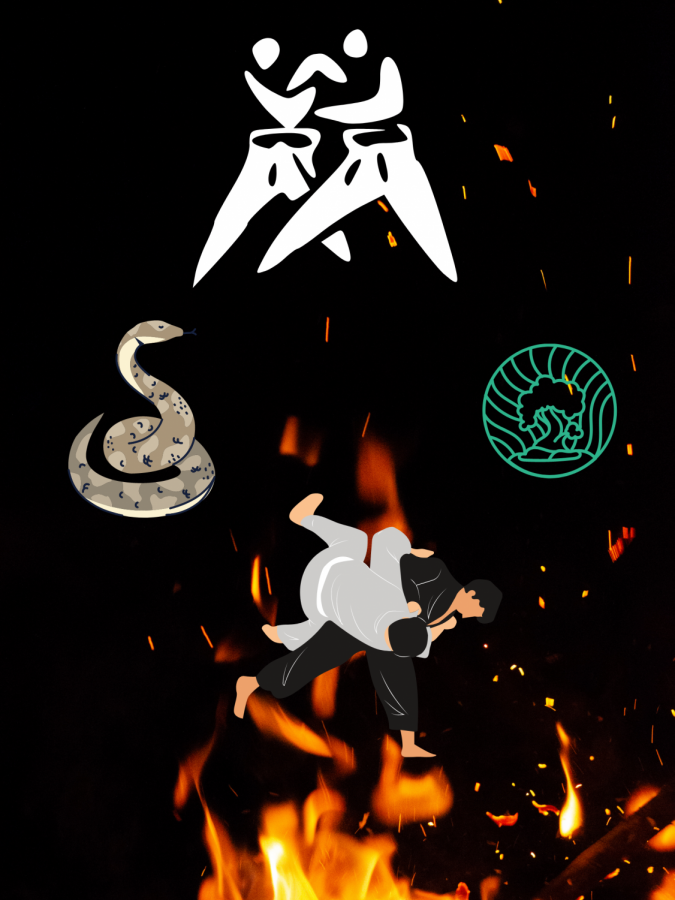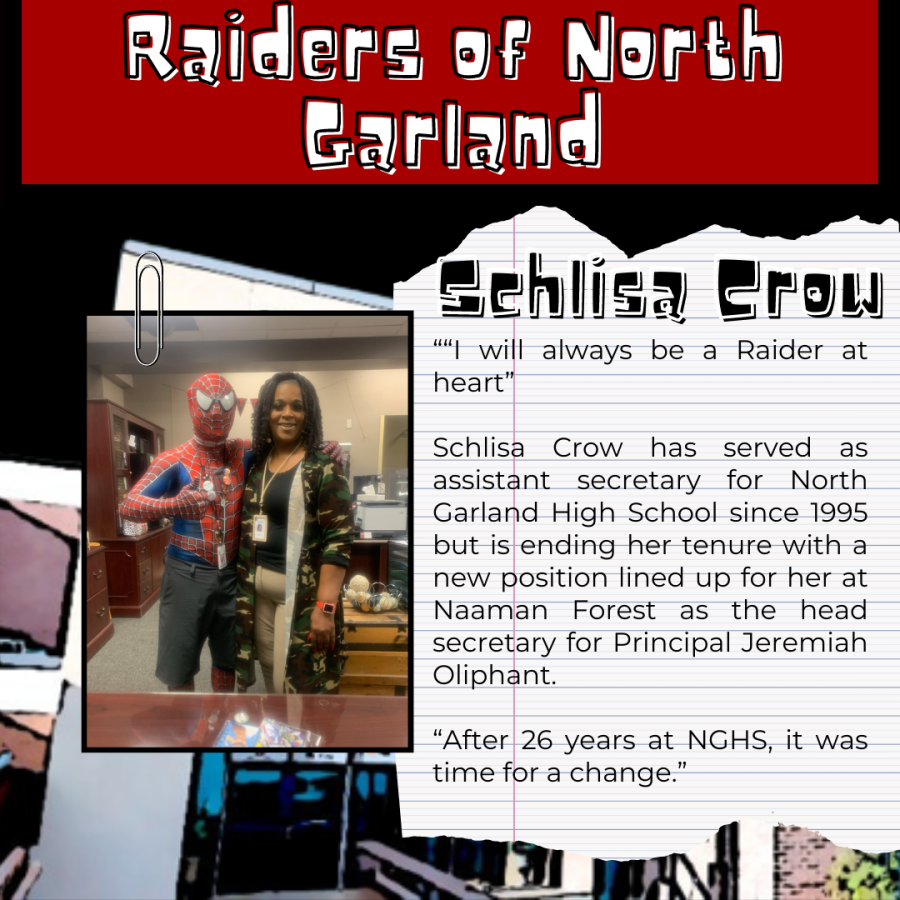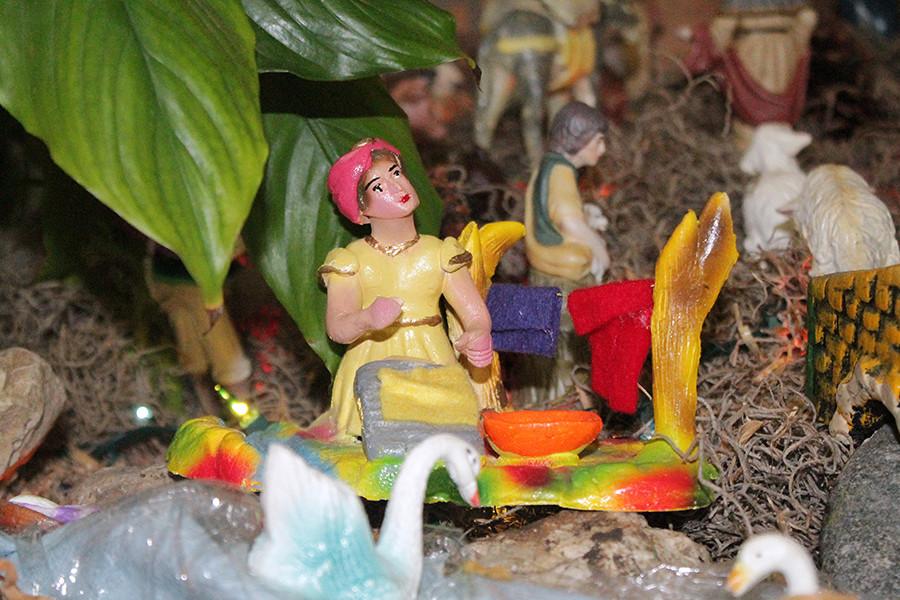Posadas: religious or social?
Many families have holiday traditions. Some are religious, some are ethnic and some are just silly. In
my family, we combine the religious and ethnic aspect by hosting Posadas — a nine-day Catholic celebration in which we go to a designated house each night beginning on Dec. 16. My mom started to organize this here in the United States to teach my siblings and I more about the traditions from our home country, Mexico. It is also done to teach us about selflessness, which is a major component of Christmas.
To carry the Posadas out, it is accustomed that a group of nine families get together and choose one day each. These are typically friends of the family that organizes
it. Each family then gets a turn to host the image of the Holy Family — Jesus, Mary and Joseph — that is taken from home to home. The last family to have received the Holy Family will represent them and take the image to the next home. The image is passed from family to family until Christmas Eve, when the Holy Family has “finally found a place to stay.” In the Posadas we do, each family is expecting the arrival of the Holy Family as well as the eight families that will accompany it.
In preparation for the Posadas, each family makes a nativity scene. Some are simply figurines on top of the coffee table in the living room, which can usually be found at any store. Others (like mine) are huge, taking up quite a portion of our living room. It is not a competition, and not at all what the tradition is about, but for some reason those with smaller sets often apologize for their scene “not being nice enough.” Most families only have to worry about that, but the family who organizes it all in the first place is often seen as the leader and has to start other preparations further in advance. That family is mine. My mom starts asking people about their availability when November rolls around, and then she has to assign all their dates according to that. In addition to this, I start to look for interesting reflections (short stories with subtle life advice) online to read each evening, so the children do not get bored.
The reflections are used in place of the litany at the end of the rosary. This can get pretty boring, because they are extremely long and repetitive. Because these are family celebrations, we try our best to keep the children entertained, while not straying from the religious aspect of it all. In order to do so, we sing villancicos after each decade of Hail Marys — prayers dedicated to the Virgin — and replace the litany with a reflection that relates to Christmas and makes everyone contemplate the kind of person they are versus the kind of person God asks them to be.
The fun stuff comes once we are done praying. Each night, the host family is expected to have a snack for everyone in the original group, as well as anyone else they invite. The snack does not need to be a big meal, just a cup of hot chocolate and a piece of bread will suffice, but everyone tries to go all out, making tamales, rice pudding and other things of the sort. Whether that is out of generosity toward the guests or for bragging rights is unclear to me. The only requirement my mom sets is that the little kids receive a goody bag. Everything else is up to the discretion of the host family.
While many people attend every night for religious reasons, some only attend for the social aspects of the celebration. The food, seeing friends every night for nine nights, the singing, seeing how everyone decorates their homes in preparation for Christmas or just getting out of the house on weekdays is a lot of fun, but not what the celebrations are supposed to be all about. Much like other celebrations that accompany December, how much of it is out of respect for tradition and religion? How much of it is for materialistic or commercial activities? Personally, I believe it’s a mix of both.

